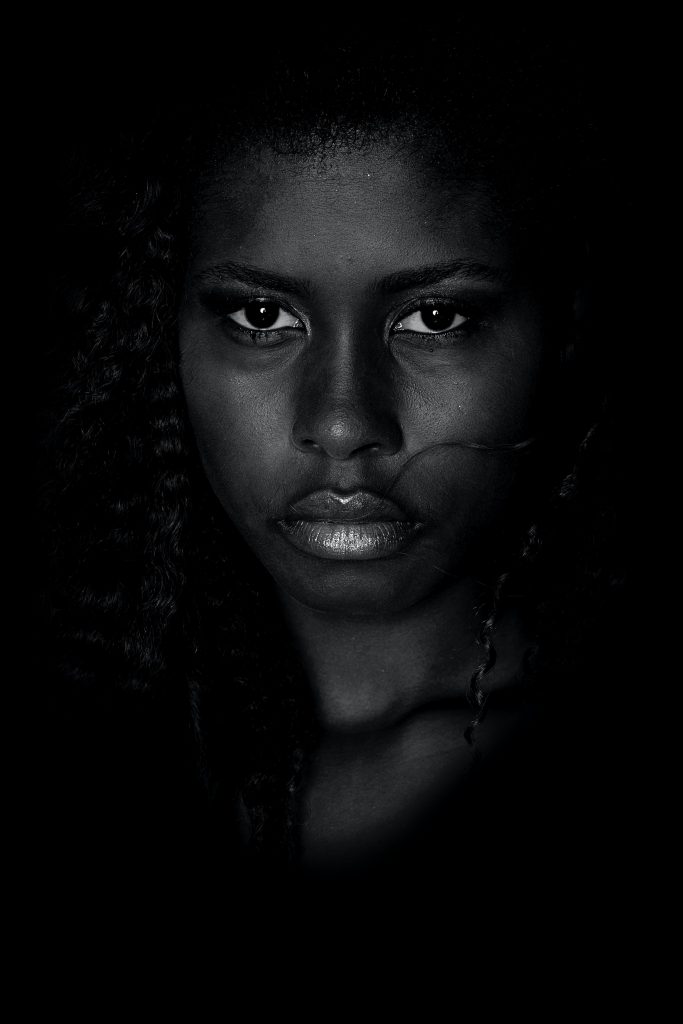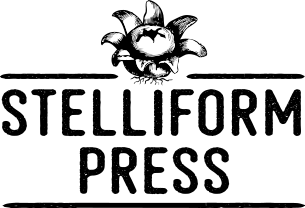For Pride Month 2020, we’re featuring a story by E. I. Richardson, a queer Black and Malay writer. “A Good Mother” (link) is a powerful, subtly unnerving horror story about family relations, abuse, and the day to day tasks of living with and working through trauma.
Story Synopsis

When the protagonist encounters a small child who then moves in with her, it is unclear where this child came from and who she is. There is evidence — in the way the main character recognizes her own “stubborn set of her mouth” on the child’s face, in the way she texts her sister about the arrival as if the child is known or even expected — that the child is the protagonist’s own mother. The appearance of the child is not explained and is taken in stride as the main character arranges her days around caring for an emotionally needy little girl. That the child is more than a strange echo of the protagonist’s past and her relationship with her mother surfaces in the occasional acknowledgement of the child’s shifting form, the way she is “sometimes brown, sometimes pale peach, sometimes short, sometimes a gray mound hulking over me, wrapped in winding sheets.” Even though the child is vulnerable, her mysterious, amorphous nature brings a sinister quality to the narrative.
That the child is an amorphous being that demands the love and attention of the protagonist in a way that can never be satisfied lends the story a cosmic horror feel: the child’s demands threaten to overwhelm and subsume in an almost mythical fashion. And for many people who live with the traumas of their abusive upbringingings, this is how day to day life can feel. Childhood experiences do become the mythology through which we understand and navigate adulthood. Childhood trauma is a past, present, and often future experience.
Motherhood and “Mother Earth”
“A Good Mother” is not an environmental story. An environmental reading of this story is not extracting inherent meaning from the narrative; instead, it is using E.I. Richardson’s examination of abusive mother-child relationships to understand the inherent relationality of human life in the environment in the time of climate change. The idea of a “Mother Earth” is still prevalent in the West, to the dismay of feminists who have worked to interrupt the idea of womanhood and motherhood as inherently “natural” or associated with the non-human environment (a dehumanizing move). Interrupting this idea is an ongoing process especially for Black feminists. So instead of reinforcing this paradigm, I would like to offer a mirror image, the flipped relationality of the Anthropocene.
We* are the abusive mother. We are the eldritch entity that shows up on Earth’s doorstep and demands, and needs, and demands some more. We reshape the ecosystems of our future children.
We are currently in a dangerous position, poised on the balcony railing. The question remains whether we are capable of throwing off the ways which perpetuate abuse. But also, possibility exists in instead throwing off the relations that capitalist-consumerist culture demands, taking up the mantle of the eldritch, disturbing entrenched power systems with the hulking presence of a populace fighting for equity and justice. Horror stories like “A Good Mother” are doing some of this work by holding up the light of examination to relationships of abuse and inspiring us to find and root out abuse everywhere.
*By “we” I mean Western people, those who uphold Western powers tangibly and ideologically, and those enjoying and perpetuating the specific types of power relationships which contribute to unsustainable living, both environmentally and otherwise.
